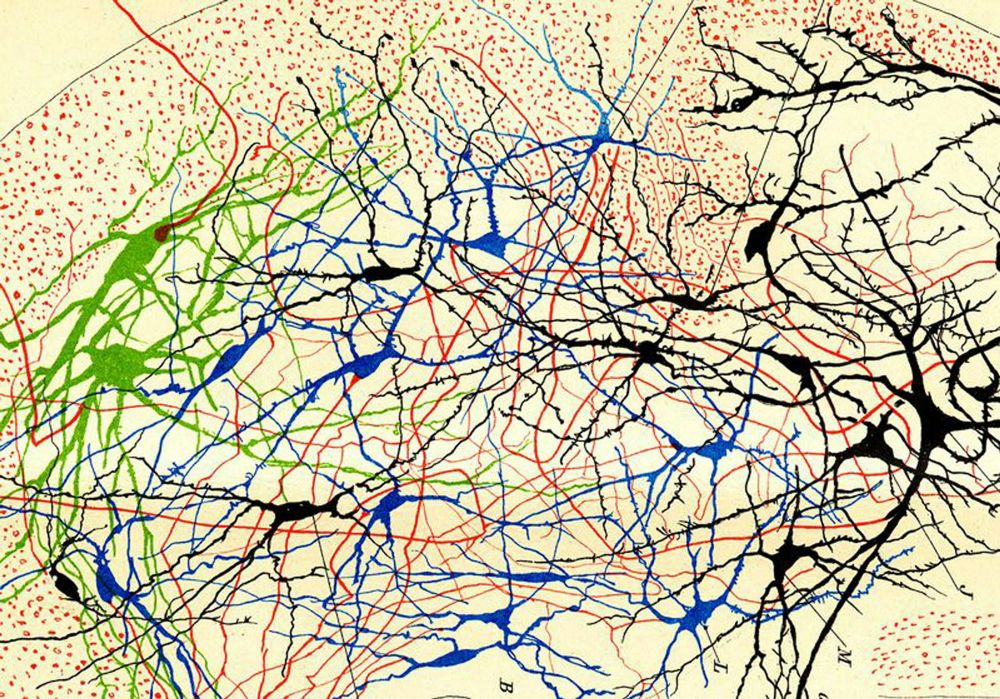
Apps reviewed 12/15.
Please spread the word! 💚⛏️
#PlantSci 🧪🦠🧬
jobs.charlotte.edu/postings/65141
Apps reviewed 12/15.
Please spread the word! 💚⛏️
#PlantSci 🧪🦠🧬
jobs.charlotte.edu/postings/65141
bit.ly/4od0SiL
#neuroskyence #StateOfNeuroscience

bit.ly/4od0SiL
#neuroskyence #StateOfNeuroscience
We love to trash dominant hypothesis, but we need to look for evidence against the manifold hypothesis elsewhere:
This elegant work doesn't show neural dynamics are high D, nor that we should stop using PCA
It’s quite the opposite!
(thread)

We love to trash dominant hypothesis, but we need to look for evidence against the manifold hypothesis elsewhere:
This elegant work doesn't show neural dynamics are high D, nor that we should stop using PCA
It’s quite the opposite!
(thread)
Join us at Yale for the 2026 Computational Psychiatry Conference July 14-16, 2026 www.cpconf.org
@xiaosigu.bsky.social @yiplab.bsky.social @shirleybwang.bsky.social @alpowers7.bsky.social
See you in New Haven!

Join us at Yale for the 2026 Computational Psychiatry Conference July 14-16, 2026 www.cpconf.org
@xiaosigu.bsky.social @yiplab.bsky.social @shirleybwang.bsky.social @alpowers7.bsky.social
See you in New Haven!

If you enjoyed @cliffscience.bsky.social's talk @braincoustics.bsky.social on this work, now you can read it in @currentbiology.bsky.social!
(w / 1st author @xmikezheng20.bsky.social, @arkarupbanerjee.bsky.social group)
#prattle 💬
#neurosky
Vocal repertoire expansion in singing mice by co-opting a conserved midbrain circuit node
www.cell.com/current-biol...

If you enjoyed @cliffscience.bsky.social's talk @braincoustics.bsky.social on this work, now you can read it in @currentbiology.bsky.social!
(w / 1st author @xmikezheng20.bsky.social, @arkarupbanerjee.bsky.social group)
#prattle 💬
#neurosky
Vocal repertoire expansion in singing mice by co-opting a conserved midbrain circuit node
www.cell.com/current-biol...

Vocal repertoire expansion in singing mice by co-opting a conserved midbrain circuit node
www.cell.com/current-biol...
Nice use of optimal transport methods to measure acoustic distance, if you're into that sort of thing 😉
elifesciences.org/articles/101...
#prattle 💬
#bioacoustics

Nice use of optimal transport methods to measure acoustic distance, if you're into that sort of thing 😉
elifesciences.org/articles/101...
#prattle 💬
#bioacoustics
arxiv.org/pdf/2410.03972
It started from a question I kept running into:
When do RNNs trained on the same task converge/diverge in their solutions?
🧵⬇️

arxiv.org/pdf/2410.03972
It started from a question I kept running into:
When do RNNs trained on the same task converge/diverge in their solutions?
🧵⬇️
academic.oup.com/book/5530?lo...

academic.oup.com/book/5530?lo...

And I think the picture we have now that (at least for embedding) dimensionality = f ( task "complexity", brain area )
And I think the picture we have now that (at least for embedding) dimensionality = f ( task "complexity", brain area )
One key difference: static versus dynamic descriptions.
One key difference: static versus dynamic descriptions.
ganguli-gang.stanford.edu/pdf/14.Cosyn...
ganguli-gang.stanford.edu/pdf/14.Cosyn...

